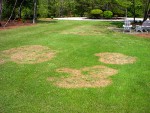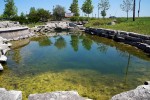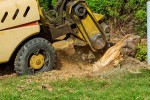How to Fix Oversaturated Soil
Soil oversaturation is a frustrating problem for gardeners and homeowners. When the soil holds too much water, plant roots can suffocate, leading to stunted growth, plant death, and premature tree removal. In addition, oversaturated soil can encourage fungal growth, lead to nutrient leaching, and structural damage to the ground. Whether it’s from heavy rainfall, poor drainage, or over-irrigation, Sesmas Tree Service can help you deal with overly wet soil. Let’s explore several practical ways to fix oversaturated soil and restore it to a healthy state.
Improve Drainage
One reason soil becomes oversaturated is poor drainage. You can improve this by scheduling a soil test with a certified tree care company to check the soil’s composition. Heavy clay soils hold water more than sandy soils. If your soil is high in clay content, consider mixing in organic materials such as compost, mulch, or even sand to create better air pockets. These adjustments will improve water movement, preventing it from being trapped. For larger areas, tree service professionals recommend installing drainage systems such as French drains or perforated pipes to divert excess water away from affected spots.
Aerate the Soil
Another critical step in dealing with oversaturated soil is aeration. When soil becomes compacted because of water buildup or heavy foot traffic, air can’t penetrate, and water has nowhere to go. Aerating your soil loosens it up, allowing air and water to move freely. You can aerate by using a manual garden fork or a mechanical aerator for larger areas. Poking holes into the ground will break up compacted layers and improve drainage, allowing plant roots to breathe and absorb nutrients.
Add Organic Matter
Organic matter is vital in balancing the moisture content of the soil. When you add organic materials like compost, shredded leaves, or manure, the soil structure improves. Organic matter helps maintain the right amount of moisture while preventing water from pooling excessively. It also encourages healthy microbial activity, which contributes to breaking down excess water and improving soil aeration. It is vital to regularly add organic matter and schedule routine inspections with certified arborists to improve water retention and balance.
Build Raised Beds
If you live in an area prone to heavy rain or poor drainage, building raised beds for your plants is crucial. Raised beds elevate the soil level, giving excess water a place to flow and helping roots stay dry. In areas with oversaturated soil, raised beds are highly effective for vegetable gardens, flower beds, and even small lawns. You can fill the beds with well-draining soil and compost, creating an ideal growing environment that mitigates oversaturation and subsequent tree removal emergencies.
Adjust Your Watering Practices
Sometimes oversaturated soil can result from overwatering. It’s important to monitor how much water your plants and soil are receiving. Ensure that you’re not over-irrigating, especially if there is natural rainfall. In addition, installing a drip irrigation system can help you manage water distribution more efficiently, giving plants the moisture they need without soaking the soil. Watering in the morning also allows excess water to evaporate during the day, reducing buildup.
Fixing oversaturated soil takes practical techniques and ongoing care by a professional tree care company. Contact us at the Sesmas Tree Service and schedule a consultation with professional arborists to implement these practices and prevent future issues. As a reputable tree service, we leverage extensive expertise to address the root causes of oversaturation, ensuring a healthier yard without breaking the bank.


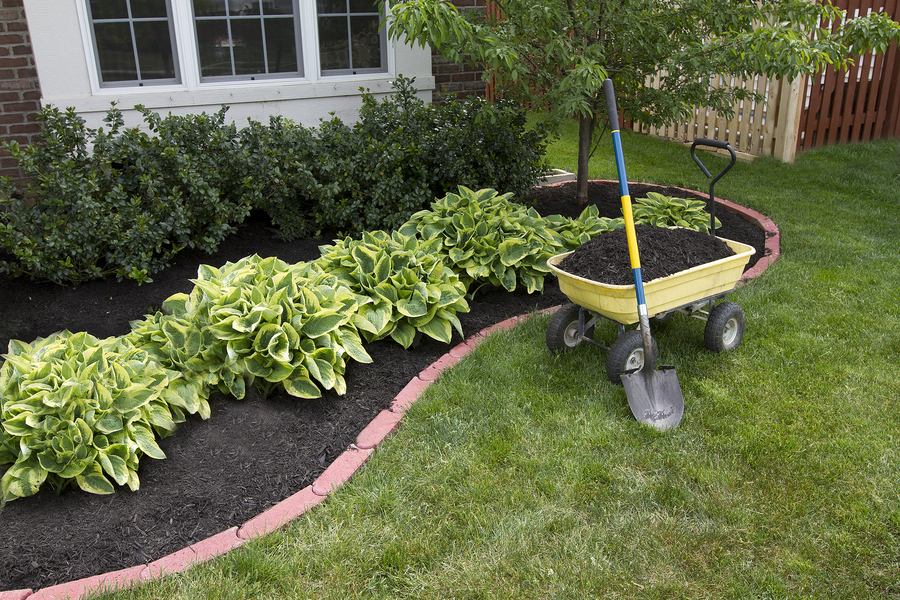


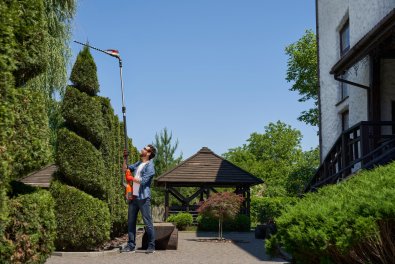
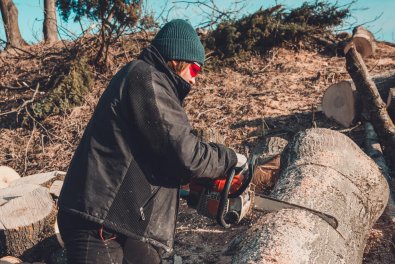
.jpg)
